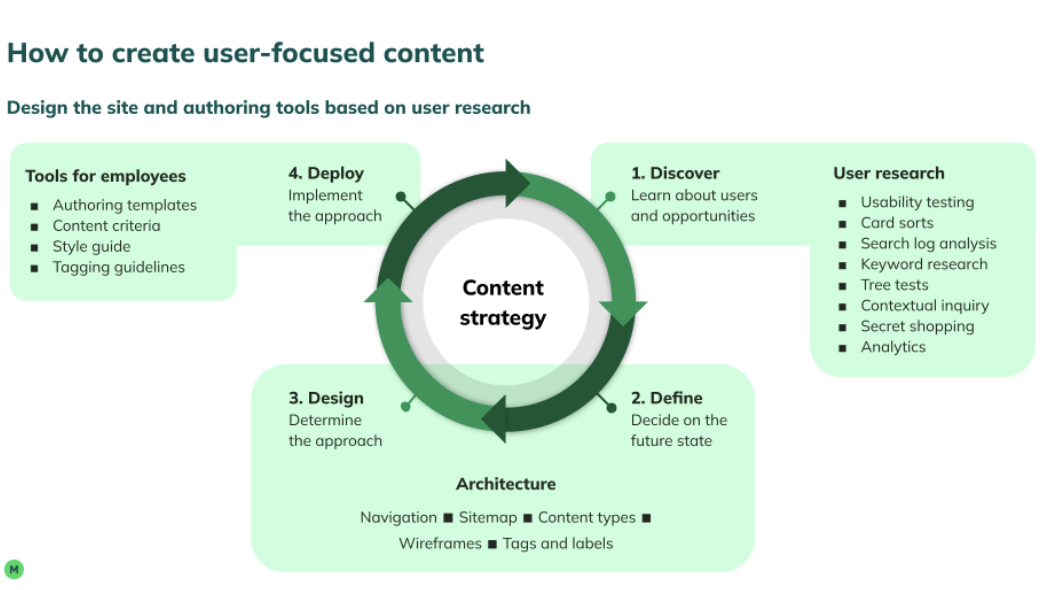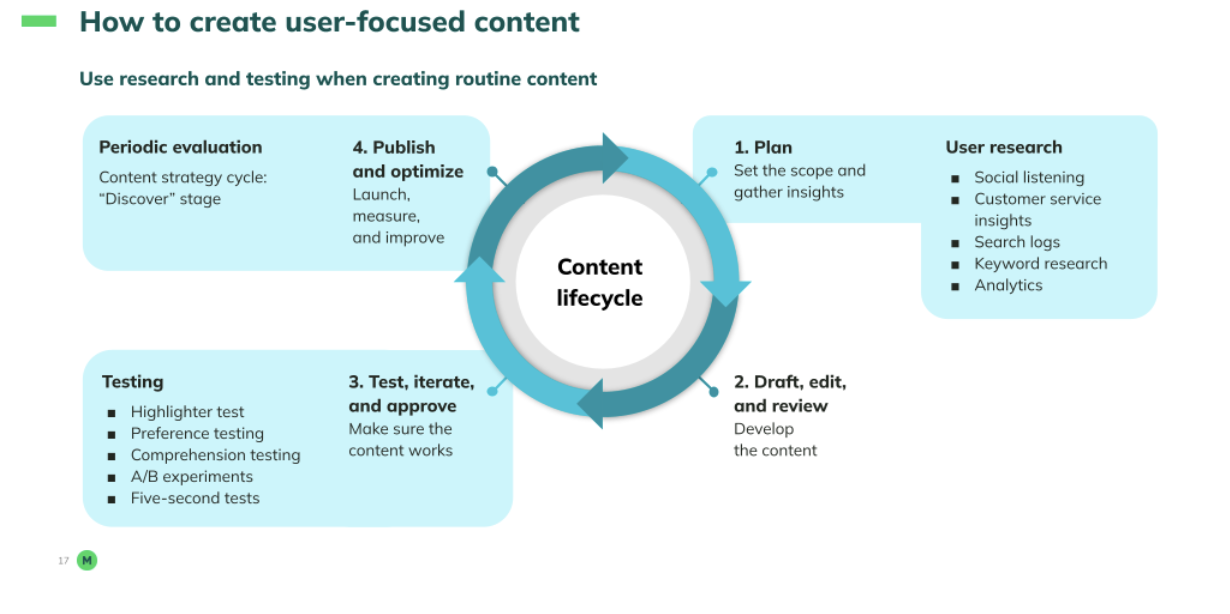Everywhere today AI and automation are being built into technologies that support delivering hyper-personalized experiences and content. They represent a huge opportunity for organizations to be more efficient, relevant, and agile.
But for many brands, the challenge isn’t about technology, it’s about orchestrating teams and timelines, adapting to change, and knowing what success looks like. And for many, they just aren’t ready to take advantage of innovation because they are too siloed, have functional gaps, or face barriers to change the way they work.
Constant change, especially accelerated by the COVID-19 pandemic, underscores the vital role of content strategy and governance. Industries from healthcare to financial services are experiencing profound shifts, making it essential to rethink processes, assign appropriate roles, and adopt new content strategies that cater to evolving audience preferences. This sets the groundwork for creating a practical roadmap that serves as the blueprint for effective change.
"Change takes time, and there's always an urgency to produce results,” says Sheri McLeish, senior director of content strategy at MERGE. “Clear governance makes people and technology more efficient, plus aligns operational focus with the business."
Know What Your Audience Wants to Shape Content Ops Approach
For example, when a leading asset management firm sought to completely overhaul its approach to thought leadership content, it knew it had to keep its audience at the forefront and rebuild its operations to support these efforts. The realization followed a few missteps that failed to go deep enough into content strategy definition to make it an actionable roadmap. By conducting qualitative research to understand audience needs, behaviors and preferences, a truly tailored approach was crafted that addressed content formats, cadence, frequency, channels, depth, purpose, and measurement.
Figure 1: Content Strategy Designs for Audiences
Having audience, journey, and content strategy well defined then guides the operational change required to support automated reuse and AI driven personalization. Quality checks, metadata enrichment, variable content for reuse—as well as localization, translation or personalization, can then be built into processes and authoring tools. Thought leadership based on content models to create once, publish everywhere (COPE) will also make it easier to measure.
Figure 2: Content Lifecycle Designs for Optimization
Reimagine Workflow for Transparency and Standardization
Most often the catalyst for change is the implementation of a new CMS or DXP. When a hospital in the Midwest migrated to a new CMS it was clear that the old ways had to go. They were always in a reactive mode, driven by lack of consistency in roles, responsibilities, process, templates, and quality expectations. The team knew that it needed a better publishing process—one that would empower it to plan content with authors and improve quality and consistency.
To accomplish this, several significant changes provided:
1. Visibility Across Teams: The hospital used a unified request form for all content, enabling a shared calendar to track upcoming content and improve team visibility.
2. Standardized Onboarding and Processes: Establishing roles, responsibilities, process documentation, and training improved consistency and eased the onboarding of new staff.
3. Structured Content Creation: By providing structured authoring templates, the hospital ensured all content submissions were consistent and contained necessary elements like SEO and meta descriptions.
4. Efficient Workflows: Defining reasonable turnaround times based on content type and request urgency helped manage capacity and mitigate the reactionary stance, leading to smoother content operations.
As in most organizations, the strategic change needed isn’t reliant on technology but a willingness to work differently. It means putting strategy before tactics, and establishing practical tools and guardrails for employees.
"To realize the benefits of innovation, technology is necessary but not sufficient," says Josh Tong, content strategy at MERGE. "Efficiency and effectiveness in content operations come from aligning people, process, and technology."
Ready to transform your content strategy and embrace innovation? Contact the experts at MERGE today to start building a practical roadmap for effective change and operational efficiency.

